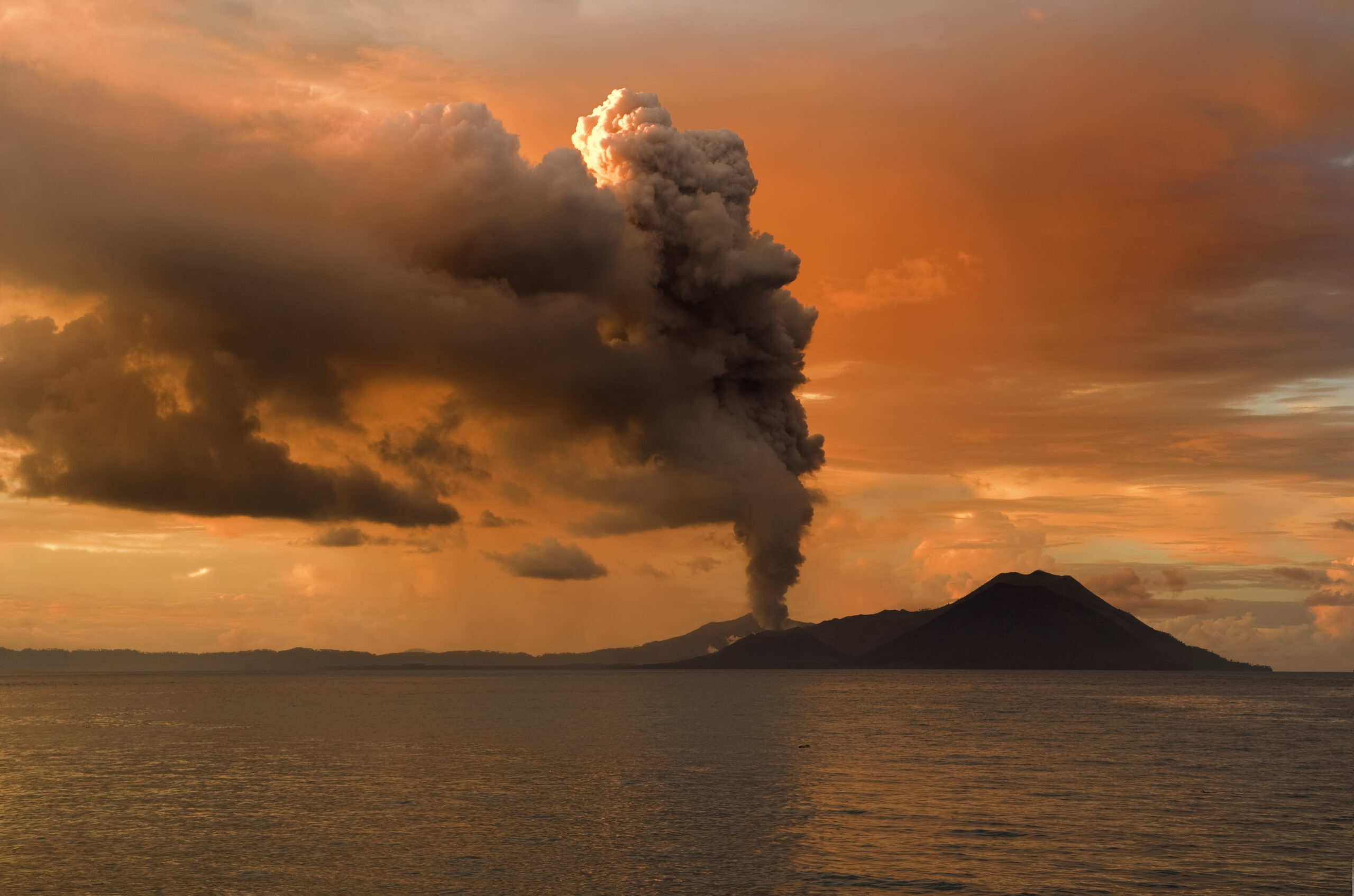Mount Lewotobi Laki-Laki Sends Towering Ash Plume 11 Miles High
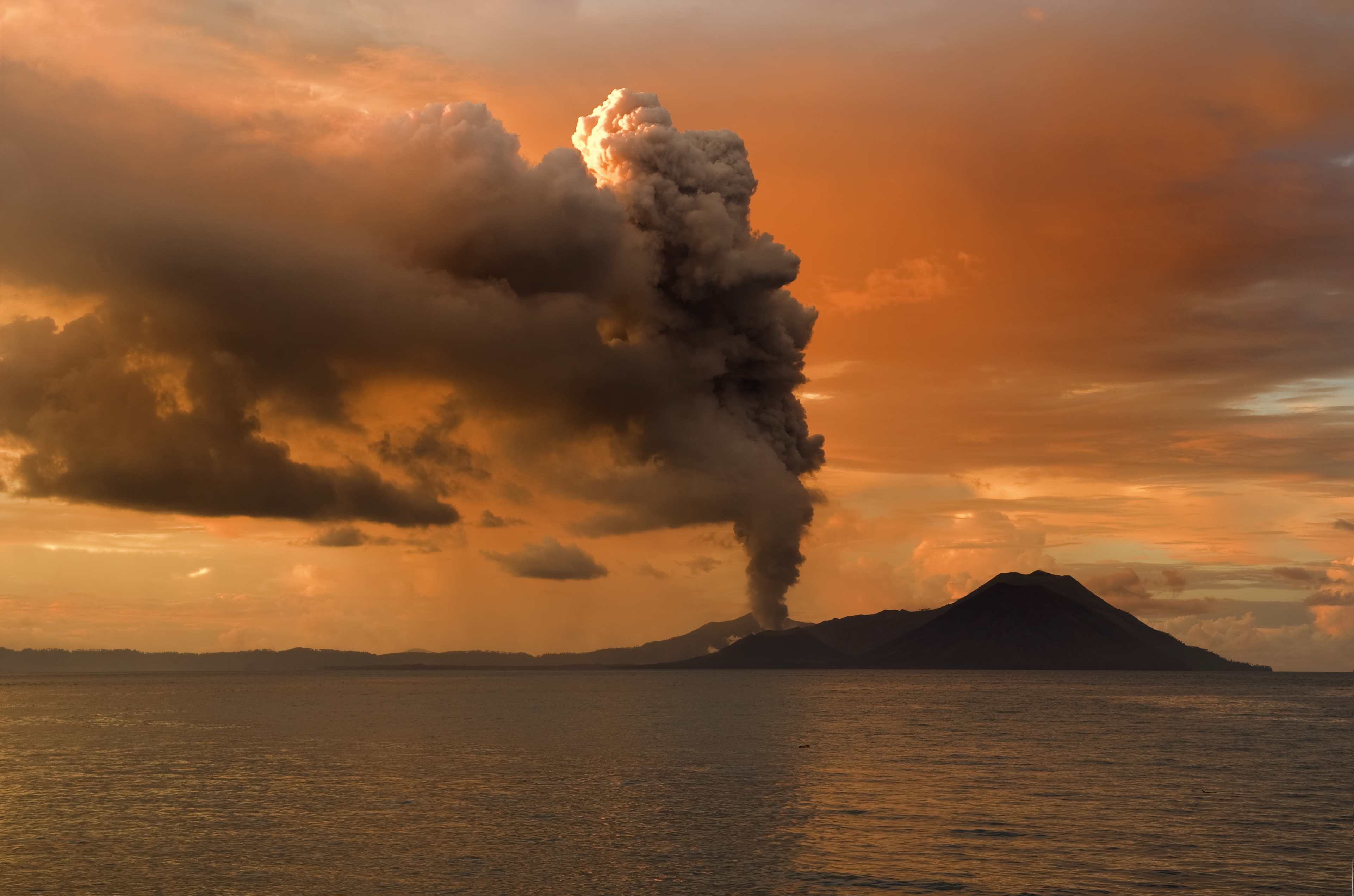
The catastrophic eruption of Mount Lewotobi Laki-Laki on July 7, 2025, sent shockwaves through Indonesia’s aviation industry when the volcano belched a column of volcanic materials as high as 18 kilometers (11 miles) into the sky. This massive eruption marked one of the most significant volcanic events in the region since the devastating 2010 Mount Merapi disaster that killed 353 people.
The sheer scale of this eruption was unprecedented for Mount Lewotobi Laki-Laki. The initial column of hot clouds that rose just after 11:00 a.m. local time (0305 GMT) was the volcano’s highest since a major eruption in November 2024 that killed nine people and injured dozens. The intensity caught even experienced volcanologists off guard, with the initial eruption being one of Indonesia’s largest since 2010.
Immediate Flight Cancellations Affect Thousands of Travelers
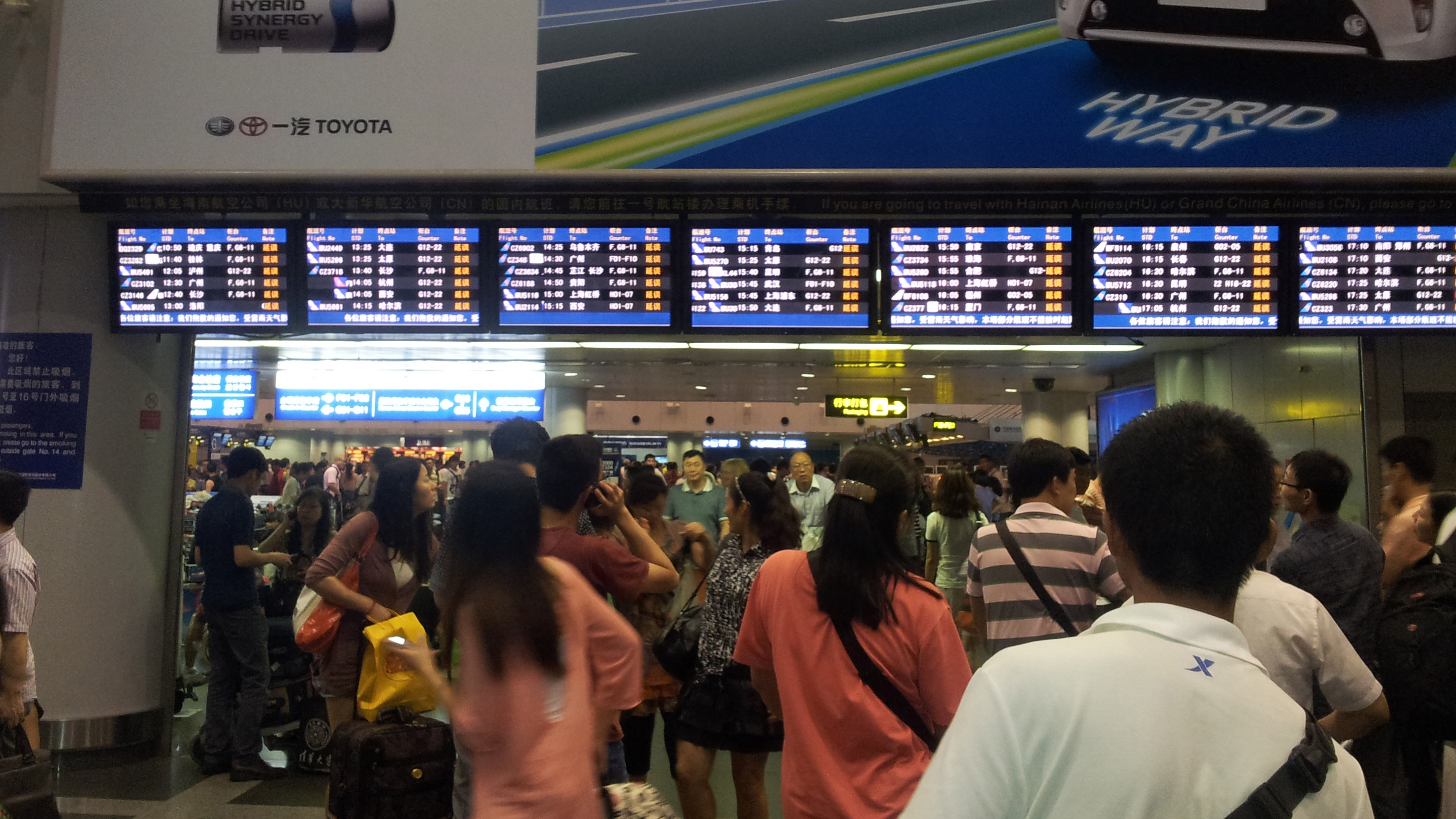
The aviation impact was swift and devastating. By Monday afternoon, at least 24 flights between Bali and Australia, Singapore and South Korea were cancelled and many others were delayed. The disruption extended far beyond just a handful of routes, with flights on four domestic routes cancelled, creating a domino effect across the entire regional aviation network.
Ahmad Syaugi Shahab, spokesperson for Bali’s Ngurah Rai international airport, confirmed the extensive nature of the disruptions. “Several airlines serving the routes to Labuan Bajo (on Flores), Australia, Singapore, and South Korea have confirmed cancellations and delays,” he stated. The affected carriers included major airlines such as Virgin Australia, Jetstar Airways and AirAsia Indonesia, highlighting the widespread impact on both budget and full-service airlines.
Tourism Industry Faces Massive Disruption
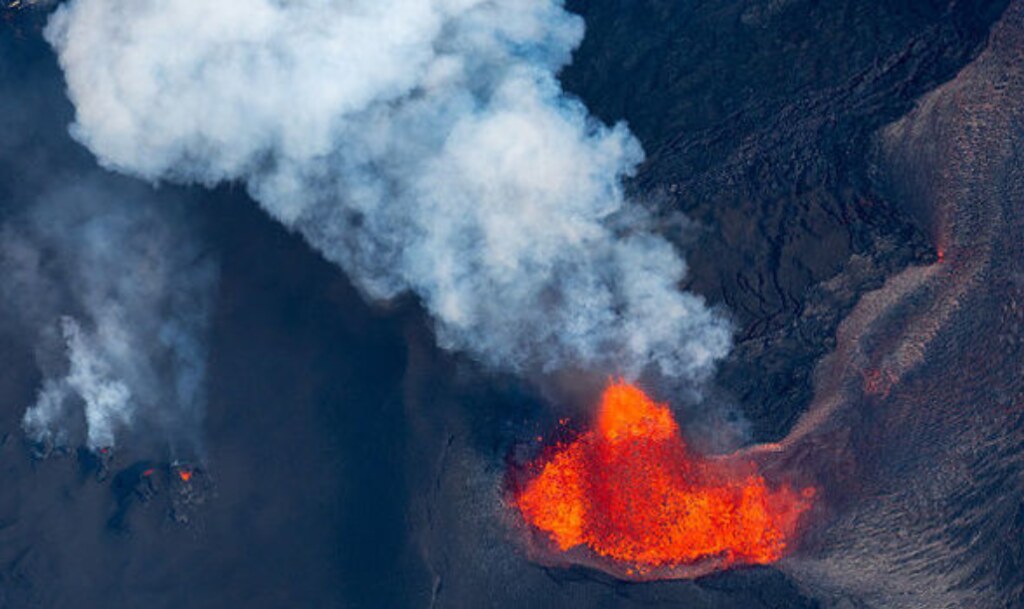
The volcanic eruption’s impact on tourism was staggering, with industry operators reporting unprecedented disruption levels. More than a thousand tourists have been affected, particularly those traveling to Bali and Komodo National Park, famed for its Komodo dragons, according to a local tour operator. Sales worker Remdy Doule, from Come2Indonesia travel agency in Bali, provided stark numbers: “We were looking at more than 1,000 tourists being affected with the cancelations.”
The timing couldn’t have been worse for Indonesia’s tourism sector, which has been working to recover from previous volcanic disruptions. In 2024, Bali welcomed over six million international tourists, with Australia being the largest source of visitors. However, these recent eruptions, coupled with ongoing flight cancellations, may negatively affect the tourism flow for the rest of 2025.
Volcanic Ash Creates Perfect Storm for Aviation Chaos
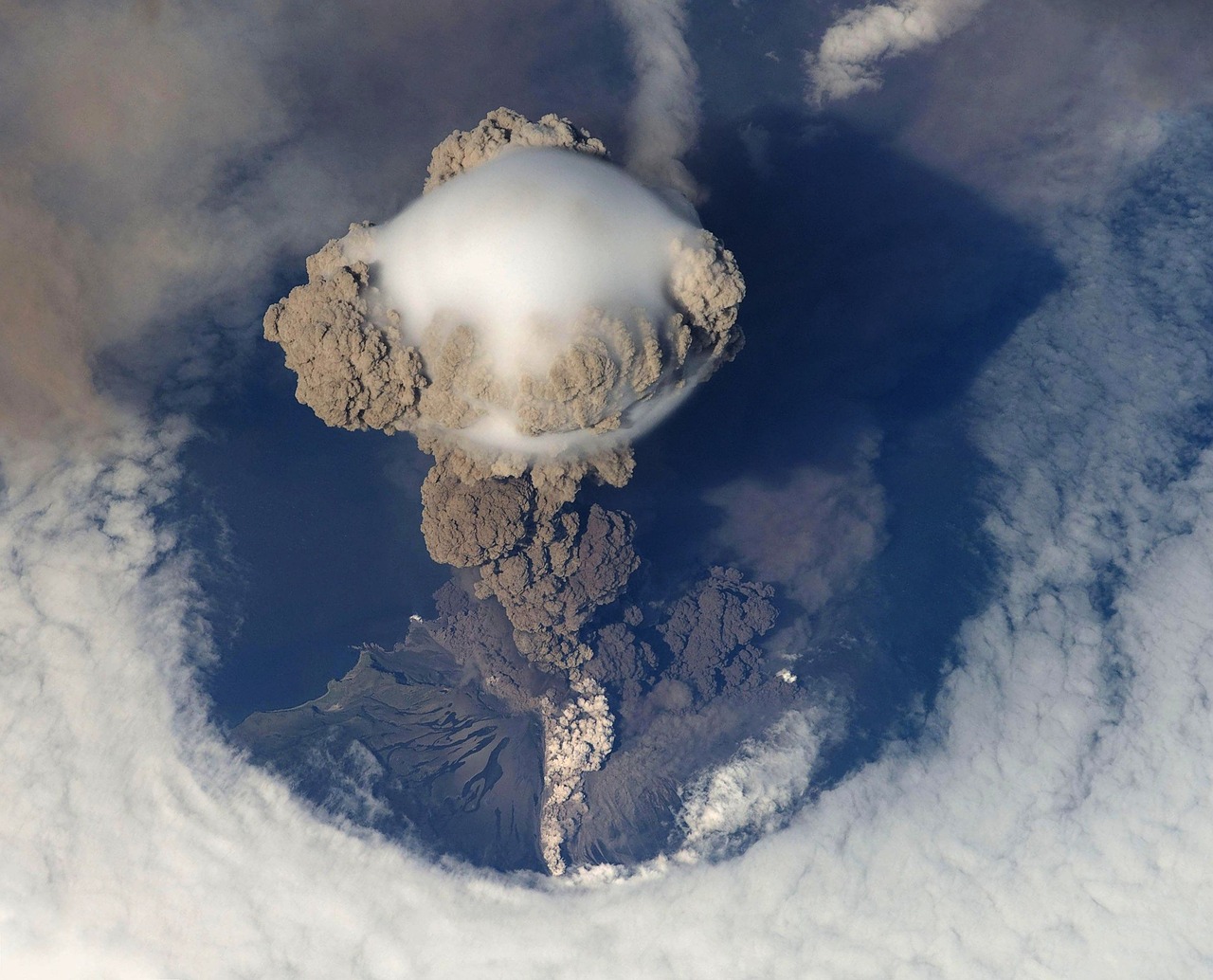
The technical reasons behind the flight cancellations reveal the serious dangers volcanic ash poses to aviation safety. Volcanic ash clouds pose a risk to planes because they can cause severe damage to aircraft engines and affect flight controls. The mechanism is particularly destructive: when ash enters a plane engine, the glass inside it melts, which then sticks to various other engine parts.
The aviation industry’s response was immediate and decisive. Sensors can fail, and the ash can block the thousands of tiny holes that direct air through the turbine blades to keep the engine cool. Additionally, flying through an ash cloud is also a bit like sandblasting the outside of the plane and can reduce visibility for pilots by damaging the glass in the cockpit. This explains why airlines took such drastic action, with safety being the paramount concern.
Bali Airport Struggles with Unprecedented Disruption
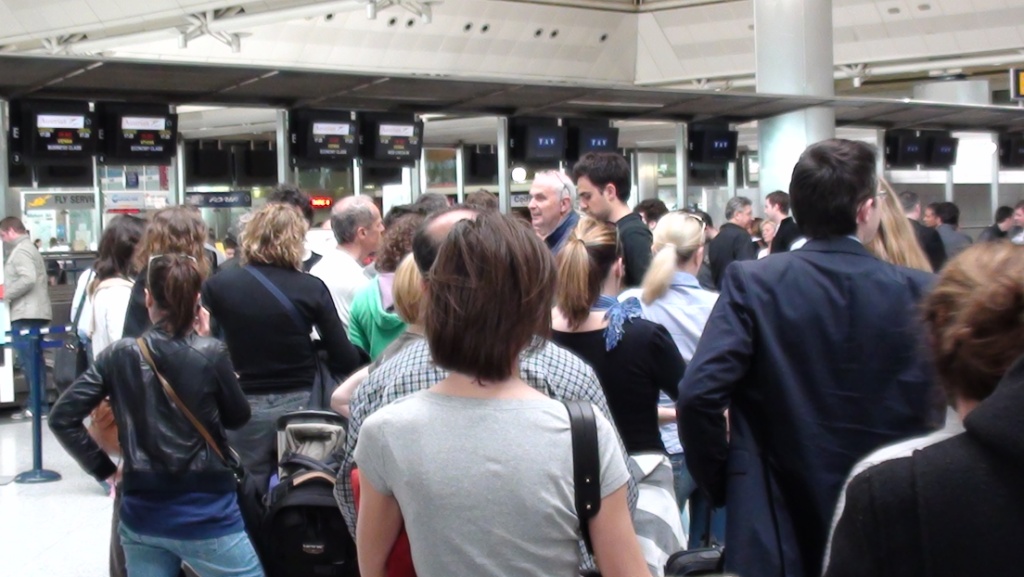
Despite being located approximately 500 miles from the volcano, Bali’s primary airport bore the brunt of the cancellations. Singapore Airlines Ltd., Jetstar Airways Pty, AirAsia X Bhd, Batik Air and Wings Air were among airlines that halted flights citing the volcanic activity, taking the cancellations to at least 30. The airport’s infrastructure remained operational, but the ash cloud’s trajectory made flights impossible.
Passengers found themselves stranded at airports across the region, with many experiencing their first taste of volcanic travel chaos. Holidaymakers Athirah Rosli, 31, and her husband Fadzly Yohannes, 33, woke up this morning to discover that their Jetstar flight home from Bail to Singapore was canceled. Despite the initial shock, travelers adapted quickly, with many extending their stays and rebooking flights.
Airlines Implement Emergency Protocols
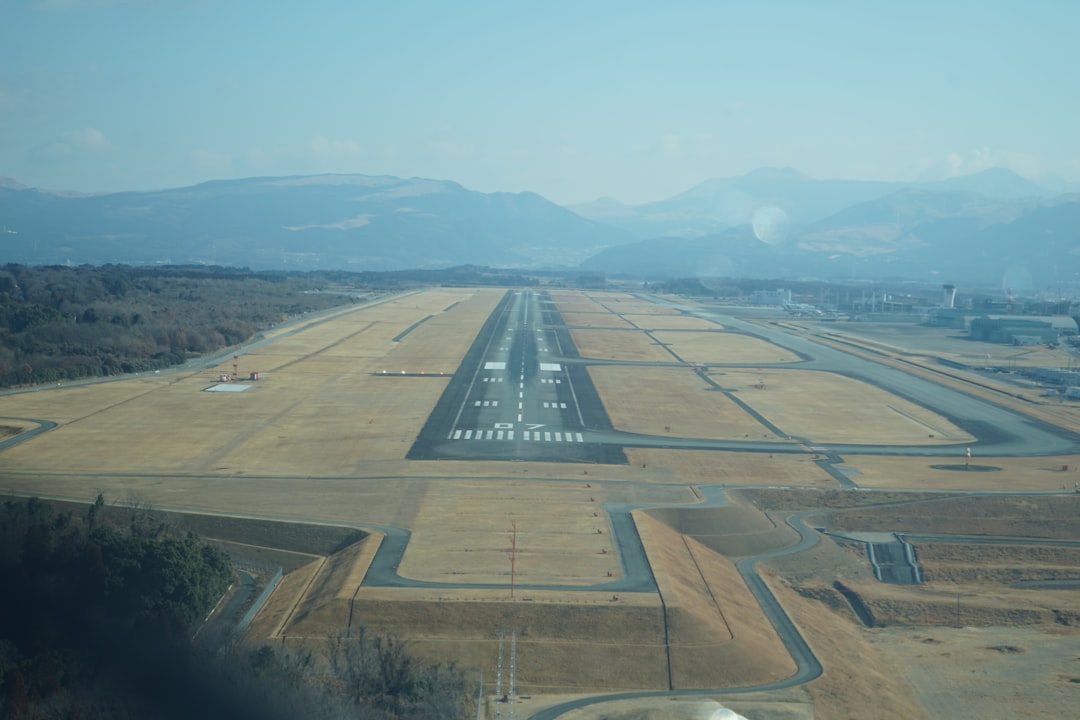
Major airlines activated their volcanic ash response protocols, prioritizing passenger safety over schedule adherence. “Some Virgin Australia Bali services have been cancelled following the eruption of Mount Lewotobi earlier today,” a Virgin Australia spokesperson told news outlet ABC. The airline’s commitment to safety was evident in their comprehensive monitoring approach: “The safety of our guests and crew is our highest priority and our team of expert meteorologists are closely monitoring the situation and ash cloud activity.”
Similarly, Qantas maintained its strict safety standards, with a spokesperson confirming: “Safety is always our top priority, and we will contact customers directly if their flight is disrupted.” The coordinated response demonstrated the aviation industry’s well-developed volcanic ash protocols, even as the disruption created significant operational challenges.
Regional Airports Face Cascading Effects
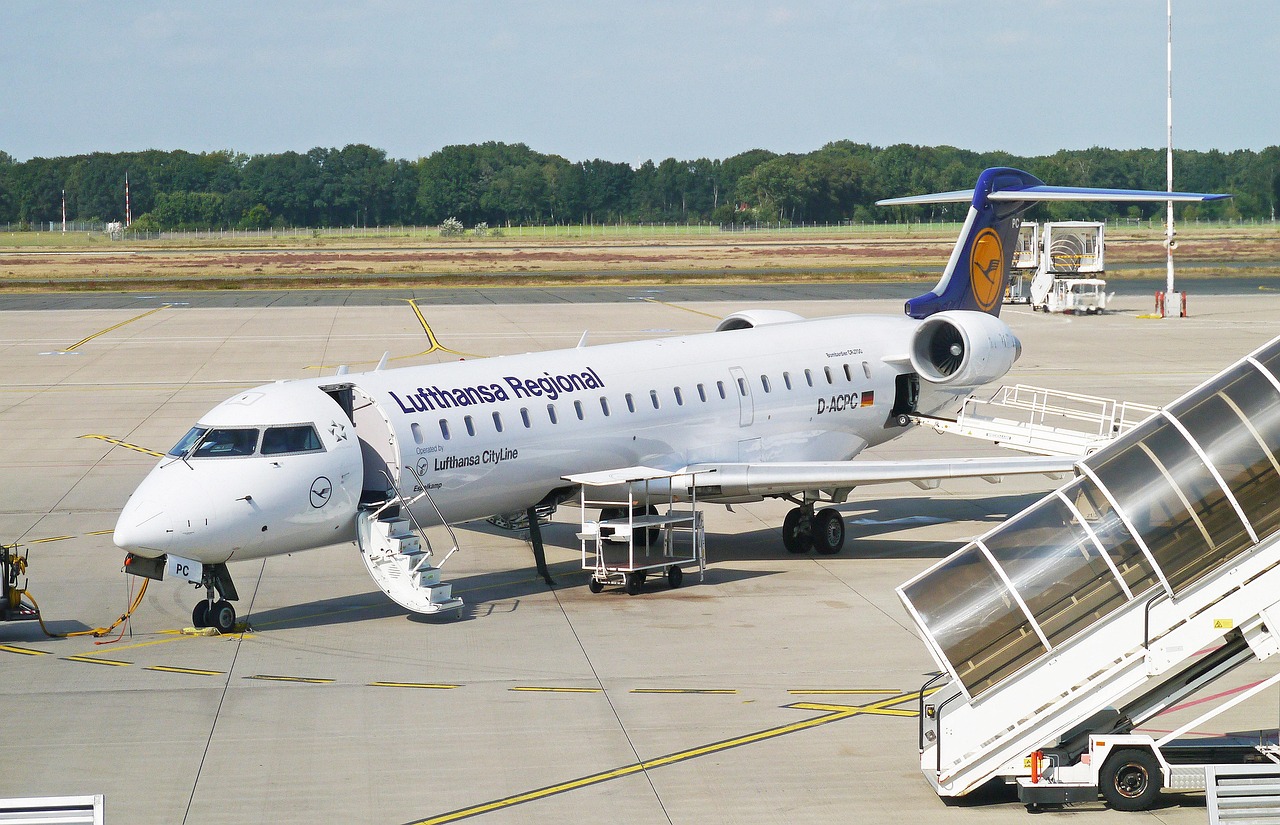
The volcanic eruption’s impact extended beyond Bali, affecting airports across the Indonesian archipelago. Four domestic flights from El Tari airport in Kupang, the provincial capital of East Nusa Tenggara, to the cities of Maumere and Larantuka on Flores island were forced to cancel. Meanwhile, the Indonesian government decided to close the Fransiskus Xaverius Seda airport in Maumere until Thursday, demonstrating the cascading effects of volcanic activity on regional aviation networks.
The decision to close airports near the volcano was precautionary but necessary. Fransiskus Xaverius Seda Airport was closed until Thursday, “to ensure the safety of the passengers,” airport operator AirNav said. This created additional pressure on other airports in the region as flights were rerouted or canceled entirely.
Volcanic Activity Intensifies Throughout 2025

The July eruption was part of an alarming pattern of increased volcanic activity throughout 2025. Indonesia’s volcanology agency says it has erupted a total of 427 times this year, making it one of the most active volcanic periods in recent memory. The frequency of eruptions has created ongoing uncertainty for aviation planning and tourism operations.
The volcano’s behavior became increasingly unpredictable throughout the year. Mount Lewotobi Laki Laki last erupted in May and also in March, with each eruption causing significant disruption to air travel. The escalating pattern of volcanic activity forced authorities to maintain heightened alert levels, with the volcano monitoring agency having increased the alert status for Mount Lewotobi Laki Laki to the highest level after an eruption on June 18.
International Tourist Destinations Bear the Brunt
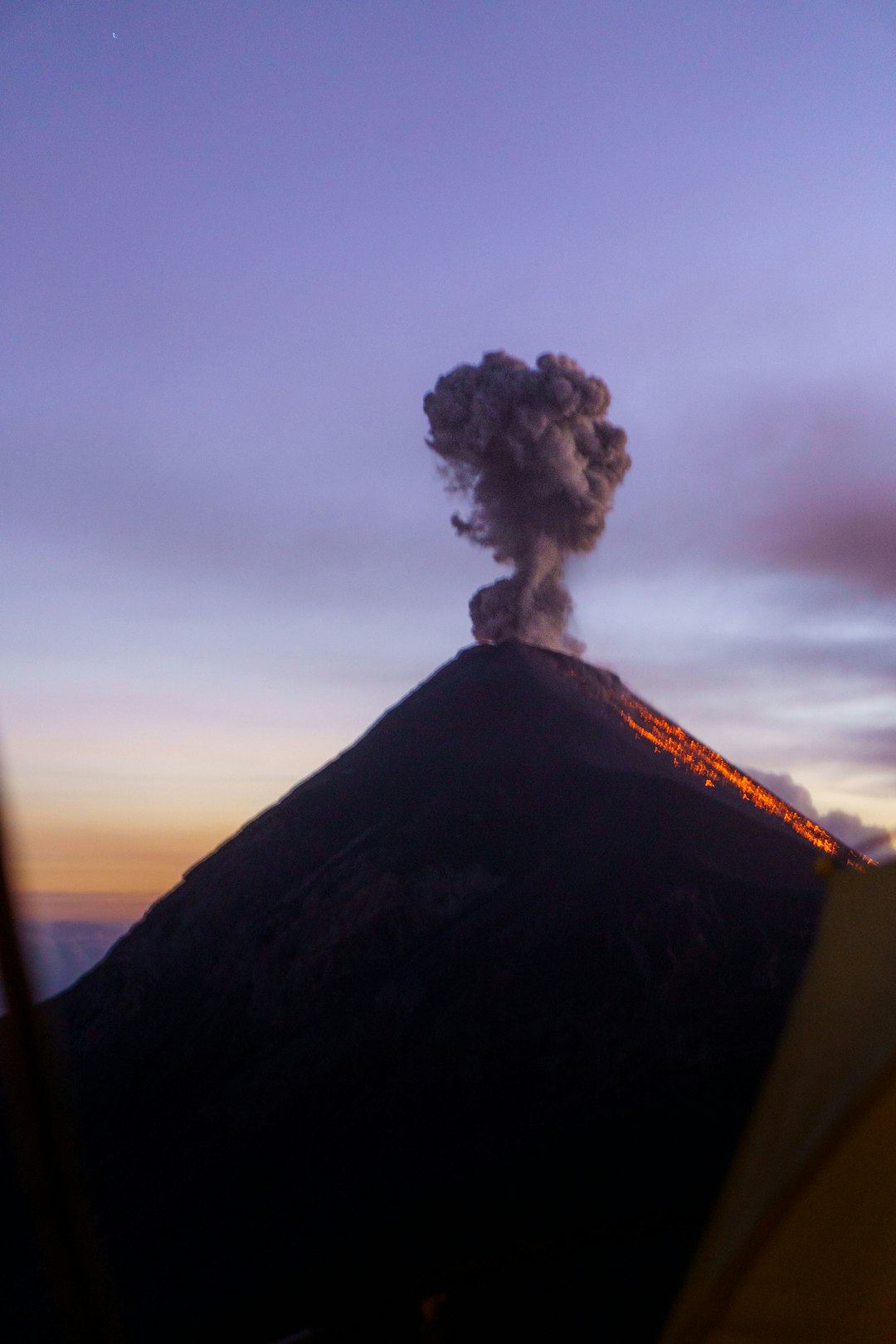
The volcanic disruptions particularly affected international tourists heading to Indonesia’s premier destinations. More than a thousand tourists have been affected, particularly those traveling to Bali and Komodo National Park, famed for its Komodo dragons. The Komodo National Park, located relatively close to Mount Lewotobi Laki-Laki, experienced significant booking cancellations and tour disruptions.
The impact on specific tourism routes was severe. Several domestic AirAsia flights bound for Labuan Bajo on the island of Flores, where Mount Lewotobi Laki-Laki is situated, were also cancelled, as were four Singapore Airlines flights between Bali’s Denpasar airport and Singapore. Labuan Bajo, the gateway to Komodo National Park, saw its tourism infrastructure severely tested as visitors struggled to reach the destination.
Economic Implications for Indonesia’s Tourism Sector
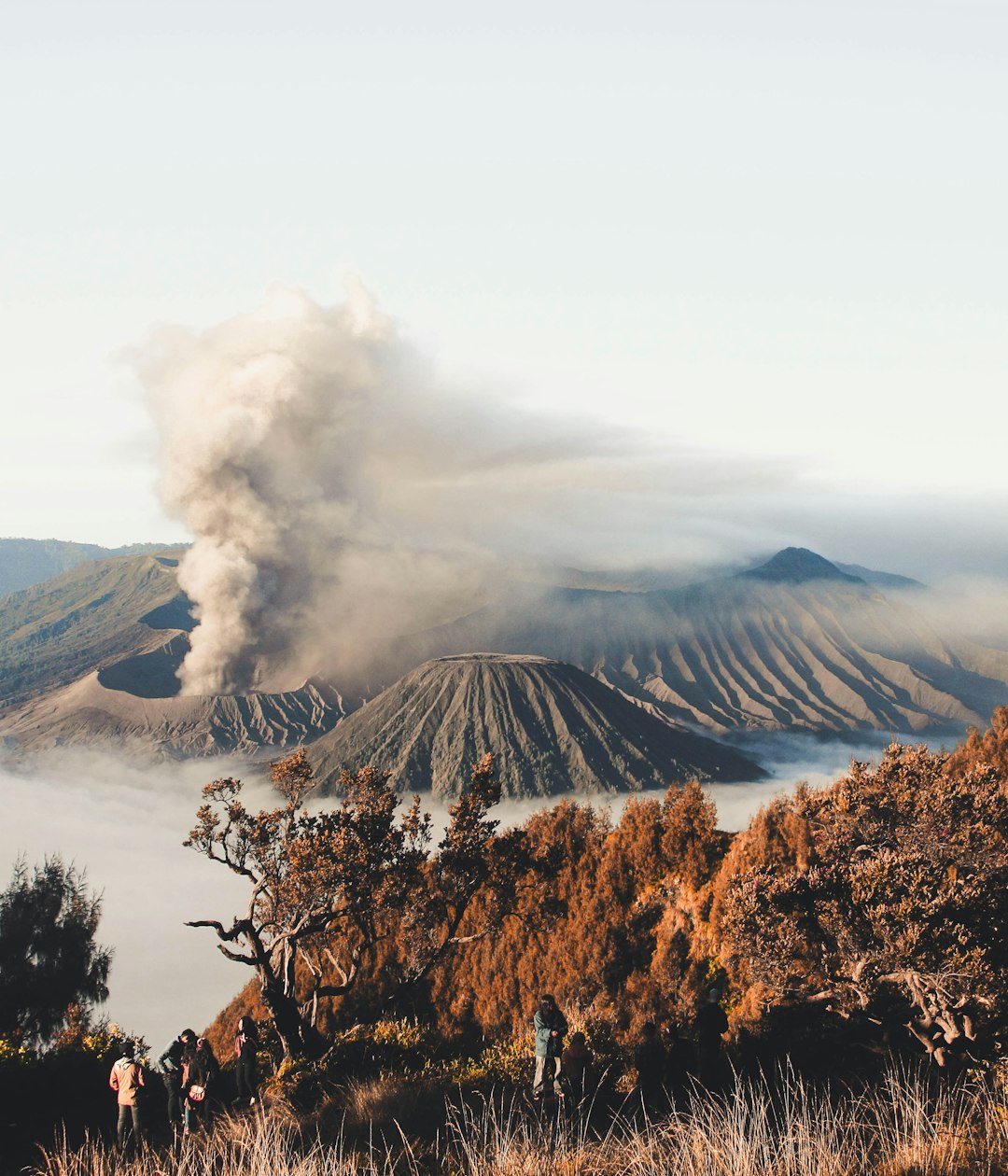
The repeated volcanic disruptions are creating long-term economic concerns for Indonesia’s crucial tourism sector. Indonesia’s tourism industry relies heavily on international visitors, especially from Australia and Southeast Asia, and the recent disruptions could deter potential tourists from traveling to the region. The volcanic activity threatens to undermine years of tourism recovery efforts.
Industry analysts worry about the cumulative effect of repeated volcanic disruptions. As the traveling disruptions keep coming, numerous prospective tourists are concerned about traveling to Bali and the wider Indonesia as the volcanic action persists. The uncertainty surrounding volcanic activity makes it difficult for tourists to plan trips with confidence, potentially leading to longer-term booking declines.
Geological Context and Future Risks
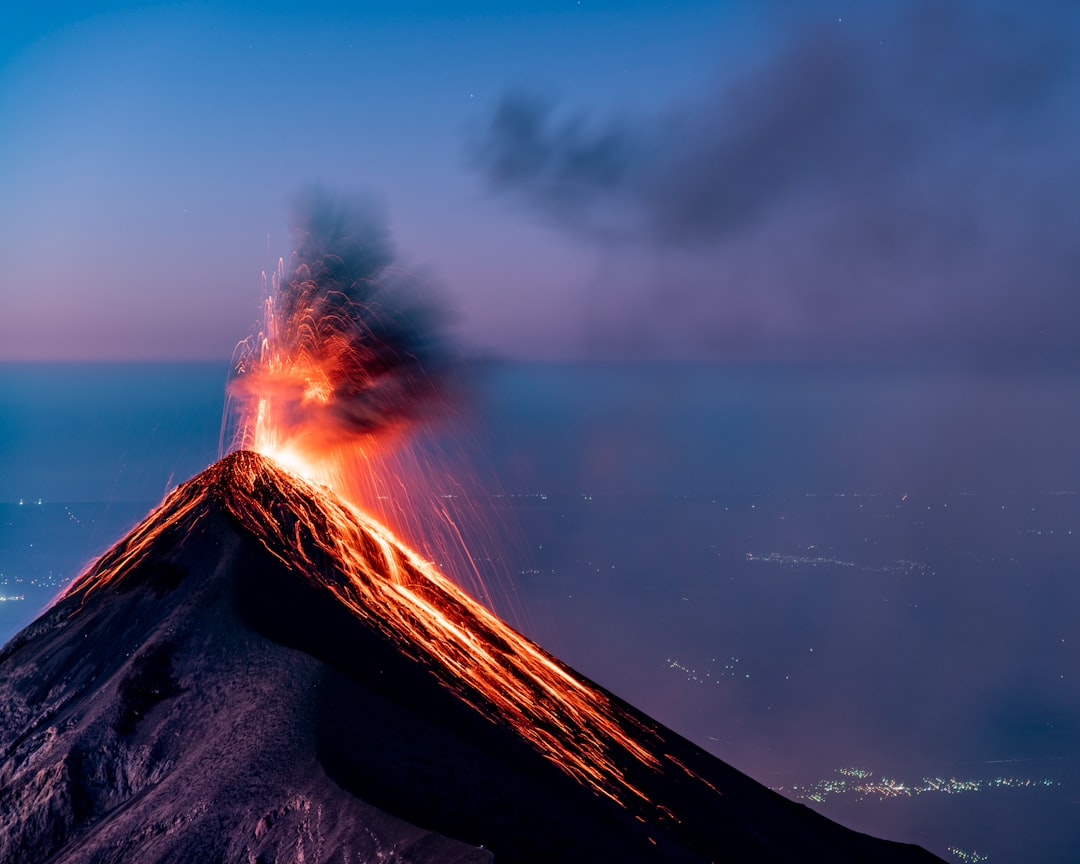
Mount Lewotobi Laki-Laki’s location places it at the heart of one of the world’s most volcanically active regions. Indonesia, home to 270 million people, has 120 active volcanoes and experiences frequent seismic activity. The archipelago sits along the “Ring of Fire,” a horseshoe-shaped series of seismic fault lines encircling the Pacific Basin. This geological reality means that volcanic disruptions to aviation are likely to continue.
The volcanic threat extends across multiple Indonesian volcanoes, with around 130 active volcanoes in Indonesia. The archipelago sits between the most seismically active region of the world, the Pacific Ring of Fire, and the Alpide Belt, an area where there are a large number of eruptions and earthquakes. This positioning makes Indonesia particularly vulnerable to ongoing volcanic aviation disruptions, suggesting that the current crisis may be part of a longer-term pattern rather than an isolated event.
- How Meteorologists Predict Storms Using Satellite Data - October 3, 2025
- What Causes Rainbows And Why They’re Always Curved - October 1, 2025
- 3 Industries Face Crushing New Tariffs as Trade War Escalates - September 28, 2025

